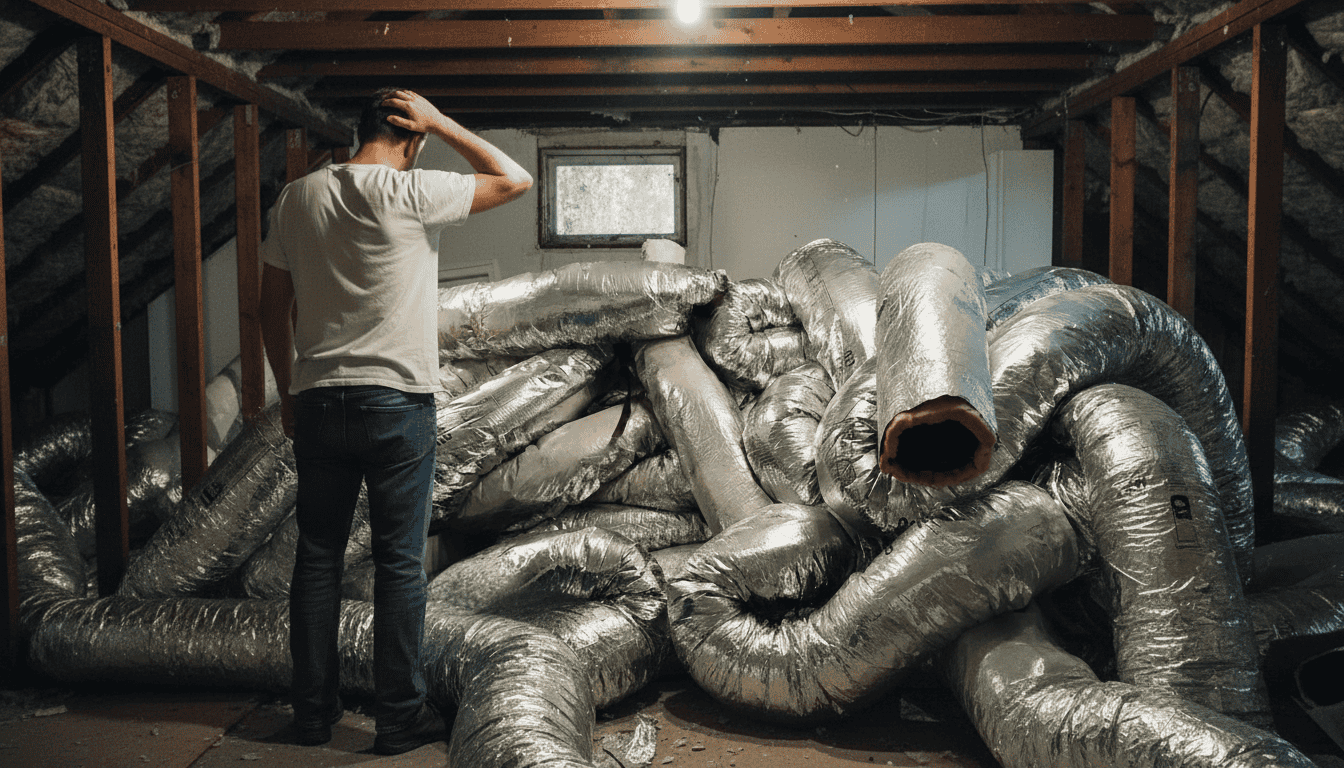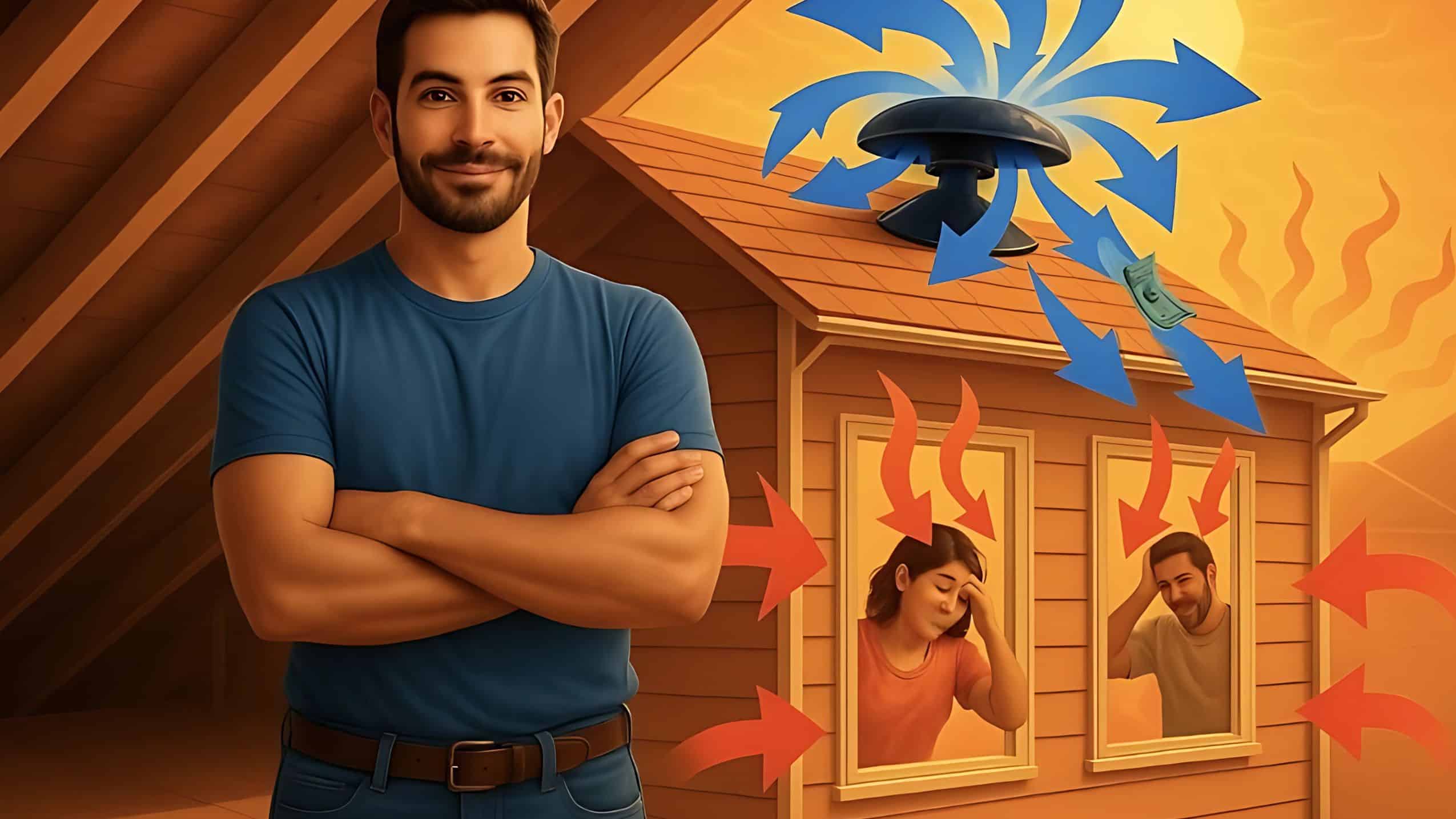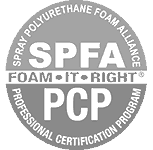Insulating A Raised Floor
Here in New Orleans, and across Louisiana and the Gulf South, we love our raised houses. Building raised houses were born of necessity, as a way to protect our homes in the event of flooding from heavy rain or hurricanes.
From Houston, Texas, all the way to the southern tip of Florida, Gulf Coast land sees little if any significant elevation rise to help protect us from rising floodwaters. And, our climate is primarily hot, humid, and rainy the majority of the year.
These geographical and climate factors pose a unique challenge when it comes to building raised homes.
Historically, most raised houses had no insulation. On top of the floor joists was maybe a single layer of subfloor, then flooring on top of that. Prior to the widespread use of air conditioning, this would be acceptable when folks used whole house fans and ceiling fans to try and keep their homes cooler by exhausting the hot air from the house, not cooling the air inside of the house.
Past Mistakes Insulating Raised Floors
With the widespread use of air conditioning, owners of raised homes [just like owners of traditional homes] wanted to find ways to insulate their homes to help keep their cooling bills low and their homes more comfortable. This led to homeowners trying just about anything that was on the market at the time to insulate their raised floors and try to control moisture.
Homeowners tried installing fiberglass batt and Rockwool insulation, spreading plastic sheeting over the ground to try and help reduce moisture, and closing in the raised area all in the hope of better home performance and greater comfort.
Unfortunately, when installed in an exterior application, fiberglass batts and Rockwool slab insulations tend to break down fairly quickly. This would drastically reduce their insulating performance, and lead to other issues, like the build-up of moisture on the bottom of the subfloor causing warping of wood floors and mold growth.
Fiberglass batts and Rockwool insulation also have the unfortunate tendency to absorb and hold onto water in the event of flooding or extreme moisture build-up. This would present an extremely messy removal and clean up, and expensive replacement installation of even more fiberglass or Rockwool.
Many homeowners simply chose to live with an uninsulated raised floor, because the drawbacks of insulating with traditional products simply weren’t worth it. But, that was then, and this is now.
Closed cell [aka two-pound] foam is a rigid material that commonly delivers an R-Value of about 5.1 – 6 per installed inch. Closed cell foam, when installed at a depth of 2 inches, provides an effective air, vapor, and water barrier in addition to its exceptional insulation performance.
Closed cell foam is typically installed where very high R-Values are required, and it is the only insulation product recommended for installation under a raised home. Closed-cell foam can also be installed in combination with open-cell foam and even blown-in insulation products.
Closed Cell Spray Foam Insulation
With the invention of spray polyurethane foam insulation, the tables have turned for owners of raised homes. There is now an insulation product that can be installed under the floor of a raised home that offers high R-Value, air sealing, and moisture control, all in a single application – closed cell spray polyurethane foam.
In the residential insulation market, there are two kinds of spray foam insulation – open cell and closed cell, but only closed cell foam is acceptable for insulating raised floors.
Open-cell foam, as the name notes, is an open-cell structure foam. It is an awesome product for insulating inside walls or in your attic, but it should not be installed anywhere that it is exposed to the outside elements, as its makeup is porous in nature.
Closed-cell foam, as the name notes, is a closed-cell structure foam. This means that it is not porous in nature. When properly installed, 2+ inches of closed cell spray foam insulation provides a 100% vapor and moisture barrier, delivers a high R-Value, and will help make your home more quiet and comfortable throughout.
For homeowners of a raised house, properly insulating their raised floor is an energy efficiency improvement that pays off big through lowered cooling and heating costs, improved indoor air quality, and increased overall comfort.
Wrapping It Up
If you own a raised home, or are planning on building a raised home, making the right decision about how to insulate your raised floor is one that can pay off for decades to come. If you plan to insulate your raised floor, then closed-cell spray foam insulation is the only product you should consider.
Here at Diversified Energy, we provide home insulation solutions. We offer multiple insulation products, so we can design insulation & home performance packages for renovations and new construction that fit both your energy efficiency goals and your budget.
Item of note – Installing spray foam insulation is not something just anyone can do correctly or effectively. Installing spray foam insulation is an art form unto itself. With the rise in popularity of spray foam insulation, virtually anyone willing to invest in the equipment thinks they can install spray foam insulation. Here at Diversified, we are constantly called upon to fix the substandard spray foam insulation jobs by the “discount” spray foam companies in the gulf south, because we employ the most experienced spray foam installers in the region.
For more information about Spray Foam Insulation, and overall home performance, contact us today – 504-273-7779 – [email protected].




















